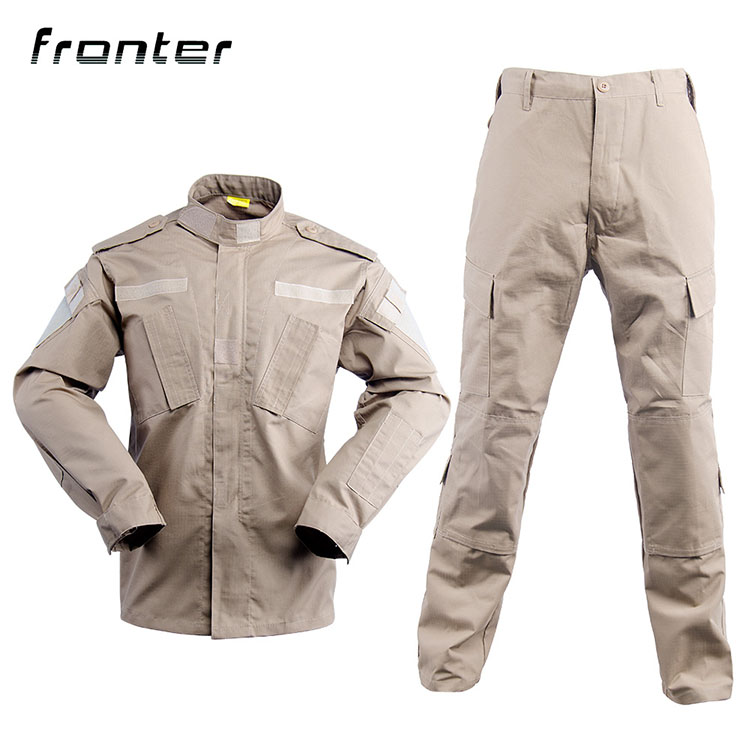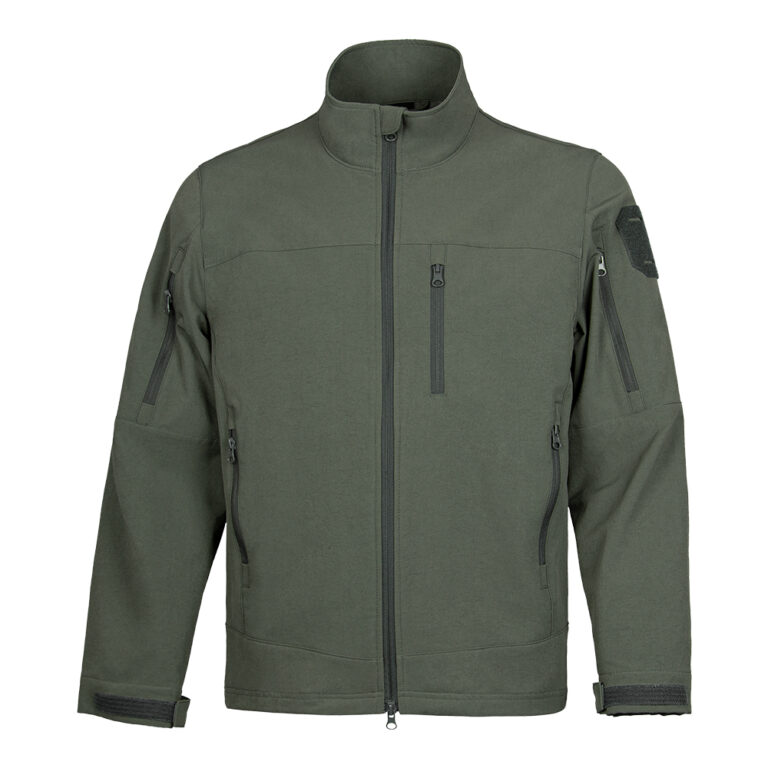


Materials:
65%Polyester + 35%Cotton
60% Cotton + 40%Polyester
50%Nylon + 50%Cotton
Fabric Type:
Ripstop / Twill
Size:
XS – XXL or customization
FEATURES:
Double layer stand-up collar with Velcro fastener
Crease on the back to increase the volume
Fly with zipper and velcro closure
Elbow / buttocks / knees are reinforced with double layer fabric
Velcro on each arm and chest for patch attachment
3 extra wide belt loops at the waist, perfect for military belt
Timeless and Practical
The Khaki Army Uniform represents a classic and practical choice. Its khaki color provides effective concealment in a variety of terrains, making it a versatile option for both urban and natural environments.
Why are military uniforms khaki?
The impracticality of traditional bright colors such as the red coat, especially for skirmishing, was recognised early in the 19th century. A response to improved technologies such as aerial surveillance and smokeless powder, khaki could camouflage soldiers in the field of battle.
What do colors mean on Army uniform?
A system of branch colors, indicated by piping on uniforms of foot soldiers and lace for mounted troops, was first authorized in the 1851 uniform regulations, with Prussian blue denoting infantry, scarlet for artillery, orange for dragoons, green for mounted rifles, and black for staff.
What is the name of the color khaki?
Khaki color is commonly called as brown color in english. But if you talk about specific shade of khaki tone then it can be called as tan brown or beige depending on the tone and threads.
What is the history of the khaki uniform?
Khaki, the color, was first worn by the British Indian Army starting in 1846. It was the first introduction of camouflage in official military uniforms. A perfected khaki dye was patented right before the Second Boer War in 1899 and the color of the British uniform remained relatively unchanged through World War II.






